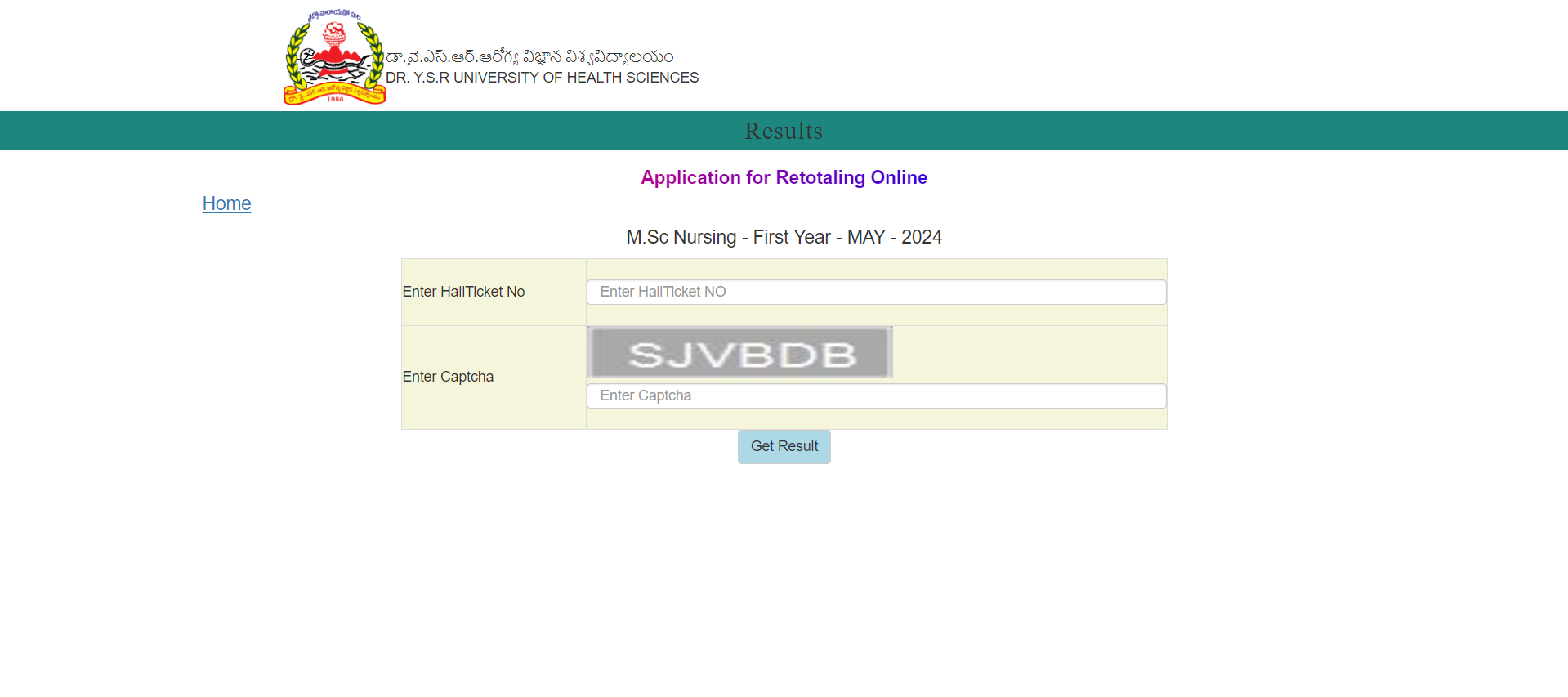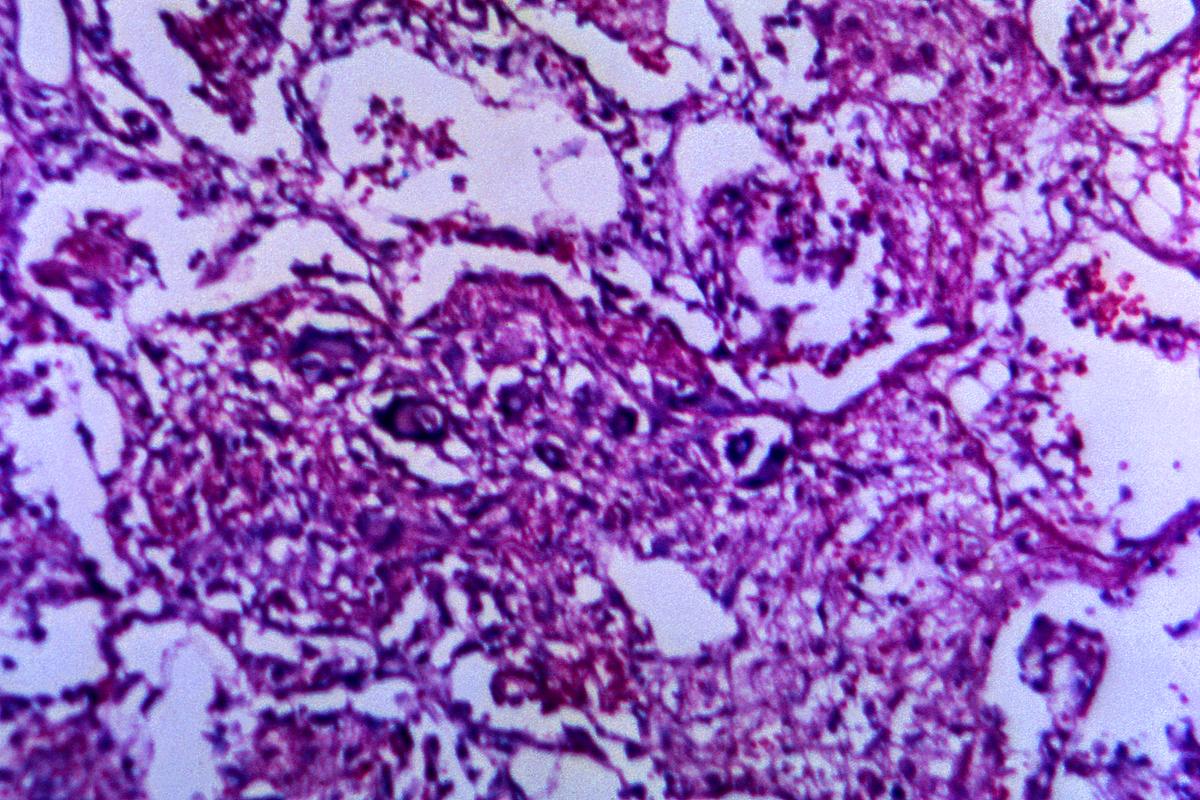(some answers are ai generated, reference purpose only, please look it some more questions)
- Enlist the types of Amputation: The types of amputation include below-knee amputation, above-knee amputation, arm amputation, and hand amputation.
- Define Thoracentesis: Thoracentesis is a procedure that involves removing fluid or air from the pleural space with a needle for diagnostic or therapeutic purposes.
- Enlist any four clinical features of Cretinism: The clinical features of cretinism include stunted physical growth, delayed mental development, thickened facial features, and enlarged tongue.
- Define Herpes Zoster: Herpes Zoster, also known as shingles, is a viral infection caused by the Varicella-Zoster virus, characterized by a painful skin rash with blisters.
- Enumerate the types of Hemorrhoids: The types of hemorrhoids include internal hemorrhoids, external hemorrhoids, thrombosed hemorrhoids, and prolapsed hemorrhoids.
- Classify Anaesthesia: Anaesthesia can be classified into general anaesthesia, regional anaesthesia, local anaesthesia, and sedation.
- Enumerate the Drugs used in Benign Prostatic Hyperplasia: Drugs used in benign prostatic hyperplasia include alpha-blockers, 5-alpha-reductase inhibitors, phosphodiesterase-5 inhibitors, and combination therapy.
- List Four Clinical Manifestations of Addison’s Disease: Clinical manifestations of Addison’s disease include fatigue, hyperpigmentation, weight loss, and hyponatremia.
- Enumerate the role of Circulatory Nurse: The role of a circulatory nurse includes managing the sterile field, providing instruments and supplies, and documenting the surgical procedure.
- Define Hyperkalemia: Hyperkalemia is a condition characterized by an abnormally high level of potassium in the blood.
- Define Hypospadias: Hypospadias is a congenital condition in males where the urethral opening is located on the underside of the penis instead of at the tip.
- Enumerate the causes of Psoriasis: Causes of psoriasis include genetic predisposition, immune system dysfunction, environmental triggers, and stress.
- Enlist the types of Hernia: Types of hernia include inguinal hernia, femoral hernia, umbilical hernia, and hiatal hernia.
- Define Pneumothorax: Pneumothorax is the presence of air or gas in the pleural cavity, causing the lung to collapse.
- Name two classical signs of Tetany: Two classical signs of tetany are Chvostek’s sign and Trousseau’s sign.
- Enumerate the complications of Arthritis: Complications of arthritis include joint damage, decreased mobility, cardiovascular disease, and osteoporosis.
- Define Pott’s Disease: Pott’s disease is a form of tuberculosis that occurs outside the lungs, typically affecting the spine and leading to vertebral collapse.
- List two purposes of traction: Two purposes of traction are to align and stabilize fractures and to reduce muscle spasms and pain.
- List the types of jaundice: Types of jaundice include pre-hepatic jaundice, hepatic jaundice, and post-hepatic jaundice.
- List down the two opportunistic infections of AIDS: Two opportunistic infections of AIDS are Pneumocystis pneumonia (PCP) and Kaposi’s sarcoma.
- List two complications of Tracheostomy: Two complications of tracheostomy are infection and tracheal stenosis.
- Write four clinical manifestations of Pulmonary edema: Clinical manifestations of pulmonary edema include shortness of breath, pink frothy sputum, chest pain, and wheezing.
- Mention two investigations done to rule out Vascular disease: Two investigations done to rule out vascular disease are Doppler ultrasound and angiography.
- Define Fumigation: Fumigation is a pest control method that involves filling an area with gaseous pesticides to suffocate or poison pests.
- Enumerate the stages of Illness: The stages of illness include incubation, prodromal, illness, decline, and convalescence.
- Drugs used in Intensive Care Unit: Drugs used in the ICU include vasopressors, sedatives, analgesics, and antibiotics.
- List the causes of Gastritis: Causes of gastritis include Helicobacter pylori infection, excessive alcohol consumption, chronic use of NSAIDs, and stress.
- Enumerate the clinical features of Tetanus: Clinical features of tetanus include muscle stiffness, trismus (lockjaw), muscle spasms, and difficulty swallowing.
- Enumerate the types of Shock: Types of shock include hypovolemic shock, cardiogenic shock, distributive shock, and obstructive shock.
- List the complications of diabetes mellitus: Complications of diabetes mellitus include neuropathy, retinopathy, nephropathy, and cardiovascular disease.
- Define Pain: Pain is an unpleasant sensory and emotional experience associated with actual or potential tissue damage.
- Define Portal hypertension: Portal hypertension is an increase in blood pressure within the portal venous system, often due to liver cirrhosis.
- Enumerate the causes of Cor-pulmonale: Causes of cor-pulmonale include chronic obstructive pulmonary disease (COPD), pulmonary hypertension, and interstitial lung disease.
- Mention the complications of anal fissure: Complications of anal fissure include chronic pain, bleeding, infection, and anal stenosis.
- List the causes of Leukopenia: Causes of leukopenia include bone marrow disorders, autoimmune diseases, severe infections, and certain medications.
- Enlist the Clinical features of cholelithiasis: Clinical features of cholelithiasis include right upper quadrant pain, nausea, vomiting, and jaundice.
- List the Principles of dialysis: Principles of dialysis include diffusion, osmosis, ultrafiltration, and maintaining fluid and electrolyte balance.
- List the importance of sterilization: The importance of sterilization includes preventing infection, ensuring patient safety, and maintaining aseptic conditions in medical procedures.
- Name four antihypertensive drugs: Four antihypertensive drugs are lisinopril, amlodipine, losartan, and hydrochlorothiazide.
- List the types of fracture: Types of fracture include closed fracture, open fracture, comminuted fracture, and spiral fracture.
- Enlist the deformities of Rheumatoid Arthritis: Deformities of rheumatoid arthritis include ulnar deviation, swan-neck deformity, boutonniere deformity, and hammer toe.
- List the indications for continuous renal replacement therapy: Indications for continuous renal replacement therapy include acute kidney injury, fluid overload, severe electrolyte imbalances, and sepsis.
- Enumerate the Etiology for Alopecia: Etiology for alopecia includes genetic factors, hormonal changes, autoimmune diseases, and stress.
- List the Types of Incontinence: Types of incontinence include stress incontinence, urge incontinence, overflow incontinence, and functional incontinence.
- Define Acne Vulgaris: Acne vulgaris is a common skin condition characterized by the occurrence of pimples, blackheads, and cysts.
- Define Phantom Pain: Phantom pain is pain that is felt in a part of the body that has been amputated.
- List the complications of anal fissure: Complications of anal fissure include chronic pain, bleeding, infection, and anal stenosis.
- Enlist the types of Sterilisation: Types of sterilization include steam sterilization, dry heat sterilization, chemical sterilization, and radiation sterilization.
- Define Polycythemia: Polycythemia is a condition characterized by an increased number of red blood cells in the bloodstream.
- Name the Emergency Drugs used in operation theatre: Emergency drugs used in the operation theatre include epinephrine, atropine, lidocaine, and naloxone.
- List the types of urinary incontinence: Types of urinary incontinence include stress incontinence, urge incontinence, overflow incontinence, and functional incontinence.
- Enumerate the clinical features of congestive cardiac failure: Clinical features of congestive cardiac failure include shortness of breath, peripheral edema, fatigue, and orthopnea.
- Define Osteomalacia: Osteomalacia is a softening of the bones caused by defective bone mineralization, often due to vitamin D deficiency.
- List the cause and prevention of dengue fever: Causes of dengue fever include the dengue virus transmitted by Aedes mosquitoes. Prevention includes mosquito control measures and avoiding mosquito bites.
- Enumerate the principles of Asepsis: Principles of asepsis include hand hygiene, use of sterile equipment, maintaining a sterile field, and proper disinfection.
- List the types of angina: Types of angina include stable angina, unstable angina, variant (Prinzmetal’s) angina, and microvascular angina.
- List the Anti-tubercular drugs: Anti-tubercular drugs include isoniazid, rifampin, pyrazinamide, and ethambutol.
- Enumerate the management of hypovolemic shock: Management of hypovolemic shock includes fluid resuscitation, blood transfusion, administration of vasopressors, and addressing the underlying cause.
- Enlist the clinical features of nephritic syndrome: Clinical features of nephritic syndrome include hematuria, proteinuria, hypertension, and edema.
- List the etiology of bronchial asthma: Etiology of bronchial asthma includes genetic factors, environmental triggers, allergens, and respiratory infections.
- List four clinical manifestations of Chicken pox: Clinical manifestations of chickenpox include fever, itchy rash, vesicular lesions, and malaise.
- Define Gastritis: Gastritis is the inflammation of the stomach lining, which can be acute or chronic.
- Enumerate Standard safety measures: Standard safety measures include hand hygiene, use of personal protective equipment (PPE), safe injection practices, and respiratory hygiene.
- List the etiology of Leukopenia: Causes of leukopenia include bone marrow disorders, autoimmune diseases, severe infections, and certain medications.
- List four complications of incontinence of urine: Complications of urinary incontinence include skin irritation, urinary tract infections, social isolation, and decreased quality of life.
- Enumerate the clinical features of Gynecomastia: Clinical features of gynecomastia include enlargement of breast tissue in males, tenderness, and swelling.
- Enumerate the steps of management of patient with dermatitis: Steps include identifying and avoiding triggers, using moisturizers, applying topical corticosteroids, and managing symptoms with antihistamines.
- List the importance of Fumigation: Importance of fumigation includes controlling pests, preventing the spread of disease, and protecting stored goods.
- Enumerate the clinical features of Osteomalacia: Clinical features of osteomalacia include bone pain, muscle weakness, fractures, and difficulty walking.
- Enlist the complications of Anal Fissure: Complications of anal fissure include chronic pain, bleeding, infection, and anal stenosis.
- Enumerate four clinical features of peptic ulcer: Clinical features of peptic ulcer include epigastric pain, nausea, vomiting, and bloating.
- Define ambulation: Ambulation refers to the ability to walk or move from one place to another.
- List four etiology of empyema: Etiology of empyema includes bacterial pneumonia, lung abscess, chest trauma, and thoracic surgery.
- Enumerate the clinical features of hemorrhoids: Clinical features of hemorrhoids include rectal bleeding, pain, itching, and swelling around the anus.
- Define polycythemia: Polycythemia is a condition characterized by an increased number of red blood cells in the bloodstream.
- Define Elasticity Hernias: Elasticity hernias are hernias that occur when the contents of the hernia sac can be reduced back into the abdomen, but the hernia remains elastic and recurrent.
- List four clinical features of nephrotic syndrome: Clinical features of nephrotic syndrome include proteinuria, hypoalbuminemia, edema, and hyperlipidemia.
- Enumerate four clinical features of fluid and electrolyte imbalance: Clinical features include dehydration, edema, muscle cramps, and confusion.
- Define unconsciousness: Unconsciousness is a state in which a person is unresponsive and unaware of their surroundings.
- Enumerate the etiology of dyspnoea: Etiology of dyspnoea includes respiratory conditions, cardiovascular diseases, anxiety, and anemia.
- Define Atherosclerosis: Atherosclerosis is the buildup of plaques in the arterial walls, leading to narrowed and hardened arteries.
- List the symptoms of Myocardial Infarction: Symptoms of myocardial infarction include chest pain, shortness of breath, sweating, and nausea.
- Enumerate the types of Stroke: Types of stroke include ischemic stroke, hemorrhagic stroke, and transient ischemic attack (TIA).
- Define Chronic Obstructive Pulmonary Disease (COPD): COPD is a chronic inflammatory lung disease that causes obstructed airflow from the lungs, commonly due to smoking.
- List the risk factors for Hypertension: Risk factors for hypertension include age, obesity, sedentary lifestyle, high salt intake, and family history.
- Define Deep Vein Thrombosis (DVT): DVT is the formation of a blood clot in a deep vein, usually in the legs, which can lead to serious complications if the clot travels to the lungs.
- Enumerate the types of Renal Failure: Types of renal failure include acute renal failure and chronic renal failure.
- List the clinical features of Hypothyroidism: Clinical features of hypothyroidism include fatigue, weight gain, cold intolerance, and constipation.
- Define Multiple Sclerosis: Multiple sclerosis is a chronic autoimmune disease that affects the central nervous system, leading to demyelination and neurological symptoms.
- Enumerate the causes of Cirrhosis: Causes of cirrhosis include chronic alcohol abuse, hepatitis B and C infections, and non-alcoholic fatty liver disease.
- List the complications of Chronic Kidney Disease: Complications of chronic kidney disease include anemia, bone disease, cardiovascular disease, and fluid overload.
- List the signs and symptoms of Hyperthyroidism: Signs and symptoms of hyperthyroidism include weight loss, heat intolerance, palpitations, and tremors.
- Enumerate the causes of Peripheral Artery Disease: Causes of peripheral artery disease include atherosclerosis, smoking, diabetes, and hypertension.
- Define Sepsis: Sepsis is a life-threatening condition caused by the body’s response to infection, leading to widespread inflammation and organ dysfunction.
- List the complications of Pneumonia: Complications of pneumonia include pleural effusion, sepsis, lung abscess, and respiratory failure.
- Define Gastroesophageal Reflux Disease (GERD): GERD is a chronic condition where stomach acid flows back into the esophagus, causing symptoms like heartburn and regurgitation.
- List the causes of Urinary Tract Infection (UTI): Causes of UTI include bacterial infection, poor hygiene, urinary retention, and catheter use.
- Enumerate the types of Angina: Types of angina include stable angina, unstable angina, variant (Prinzmetal’s) angina, and microvascular angina.
- Define Acute Respiratory Distress Syndrome (ARDS): ARDS is a severe lung condition characterized by rapid onset of widespread inflammation in the lungs, leading to respiratory failure.








